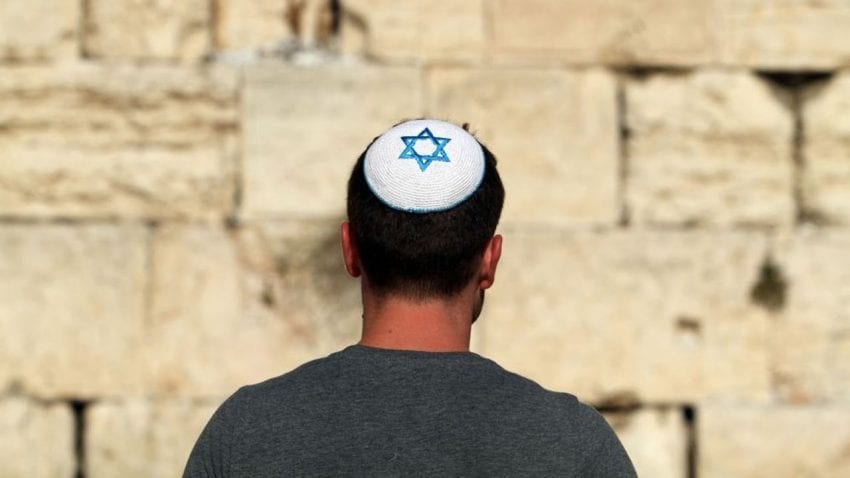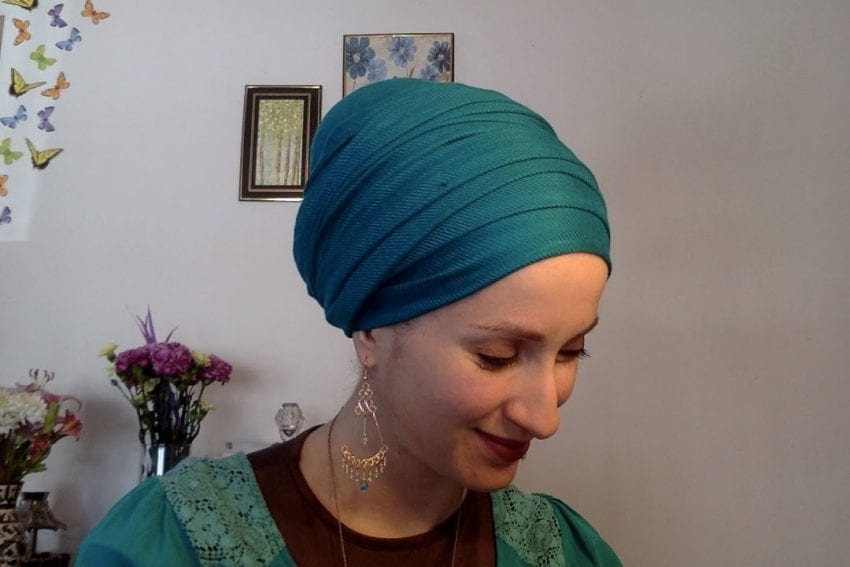The Kippah, Kippa, or Kippot (plural), is identified all over the world as Jewish headwear. However, it is worn by people from other religions as well, people like Muslims and Buddhists. You will also be able to see it on the heads of the Roman Catholic clergy. In Judaism, Kippot are always worn by the Orthodox Jews and traditionally worn by Reform or Conservative Jews at weddings, Bar Mitzvahs, festivals, and other celebrations. Wearing a Kippa is required by Jews and non-Jews when entering a Synagogue, and it is highly recommended for Jews to wear when praying.
A Kippah is a head covering or a small hat that people wear. In traditional Jewish families and communities, only men are allowed to wear Kippot and they are required to wear it all the time (except for bathing and sleeping). However, in non-traditional communities, women are also allowed to wear Kippot, and you will most likely find that people wear it during different times. Historically, the Reform movement has been against women wearing Kippot, but in modern times, it has become more and more accepted and common for women to wear these caps as well.

There is no Jewish law or rule that requires one to cover their head, but it is highly considered to be a sign of appreciation of God. Keeping one’s head covered all the time has spiritual importance and because of this, some people cover their head two time – a cap over a kippah or a tallit (a prayer cloak) over a Kippah during prayer.
Kippot can be made from a wide range of materials. In conventional Orthodox communities, men wear silk or black velvet kippot, usually under their hats, and in Modern Orthodox, Reform, and Conservative communities, it is usual for men to wear crocheted or leather kippot.
Male Head Coverings: Religious meaning from Social Consensus
There is a good reason why Kippot has become valuable and meaningful. It is not only because it has inherent meaning, but rather that it is a sign of belonging to a specific group of people and the commitment to a specific way of life. Almost all Jews need to be aware of the symbolism when it comes to Kippot. However, if someone does not wear a Kippah at all time, they might be considered as deviant from the rightful path, no matter how much he follows the rules. Since there is no specific reason to wear Kippot, there are no specific ways as to how it should be made. Of course, it should cover most of the head, but when it comes to the material or shape, there are really no limitations. If you want to see different variations of Kippot, you can check them out on this website.
Female Head Coverings: A Sign of Marital Status

When it comes to women, in addition to the requirement of modesty when it comes to the clothes, there is a specific one when it regarding covering the head. Married women are often required to cover their hair. This is an old law, hinted in the Torah. In some communities, women who are not married are required to cover their hair, although this tradition did not become widespread. The fact that women, especially married women cover their hair when they leave the house is a sign of special status.
Conclusion
In Jewish tradition, an uncovered head means uncontrolled license. And, in the same way, covering the head for whatever reason represents the acceptance of Divine sovereignty.









